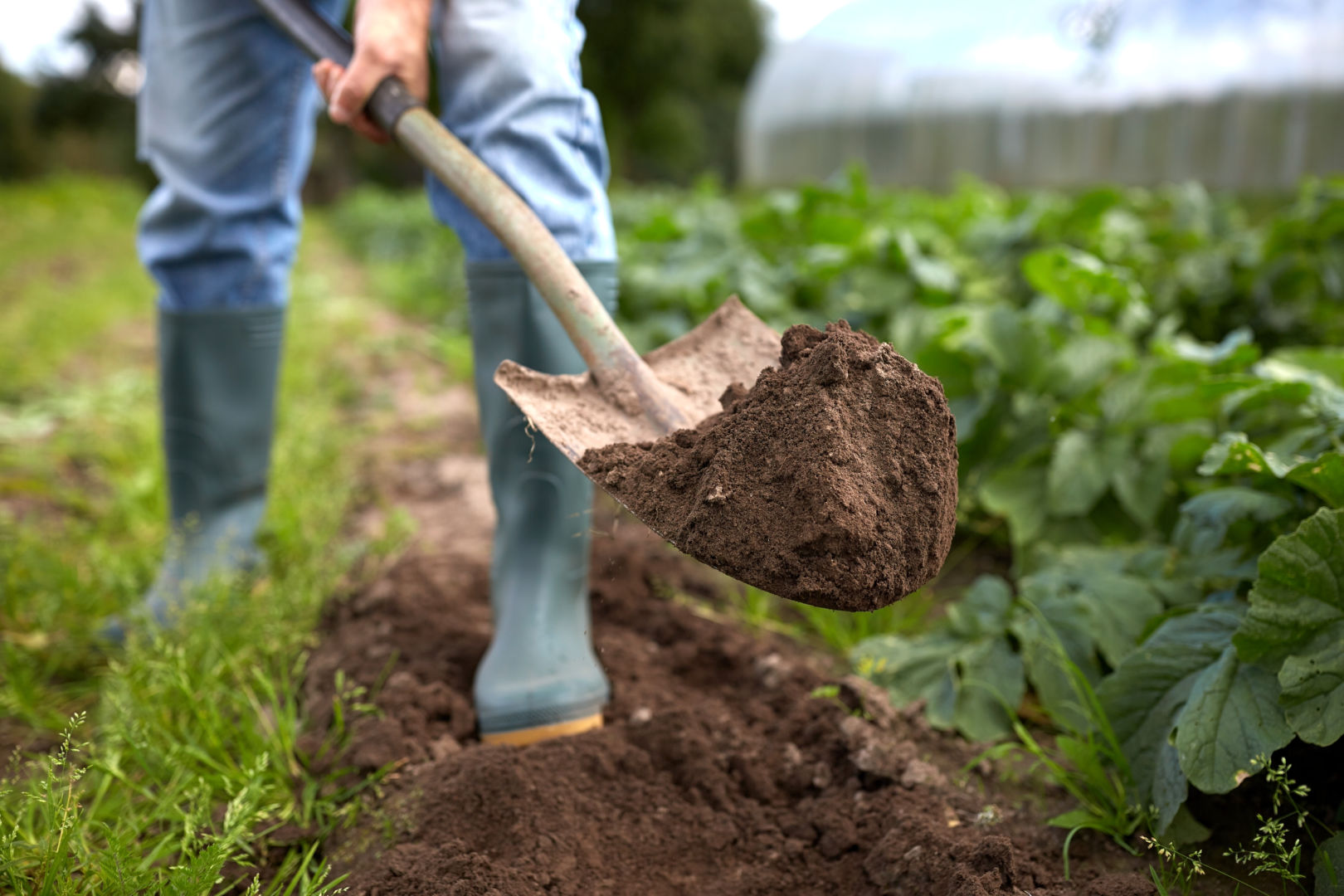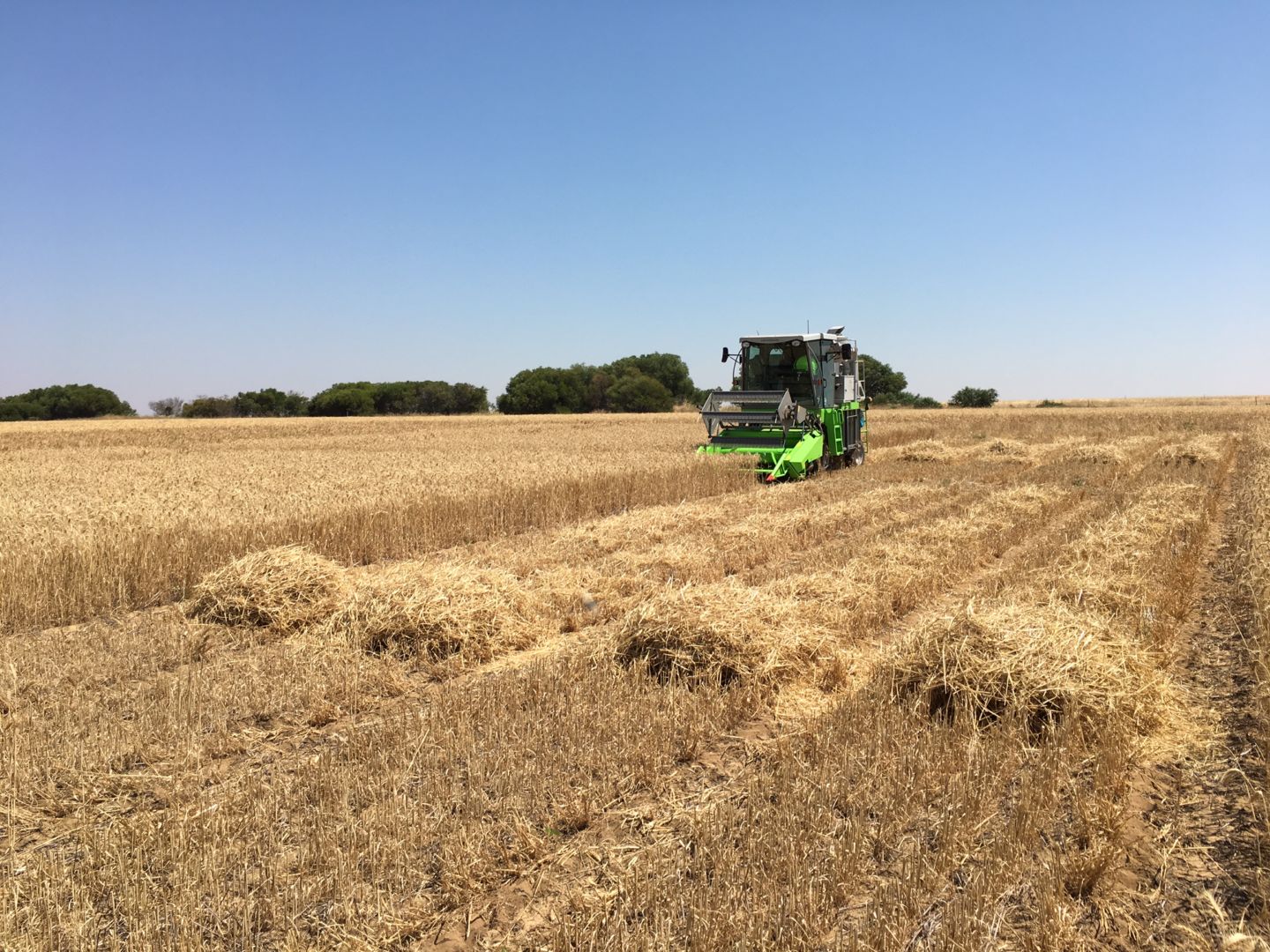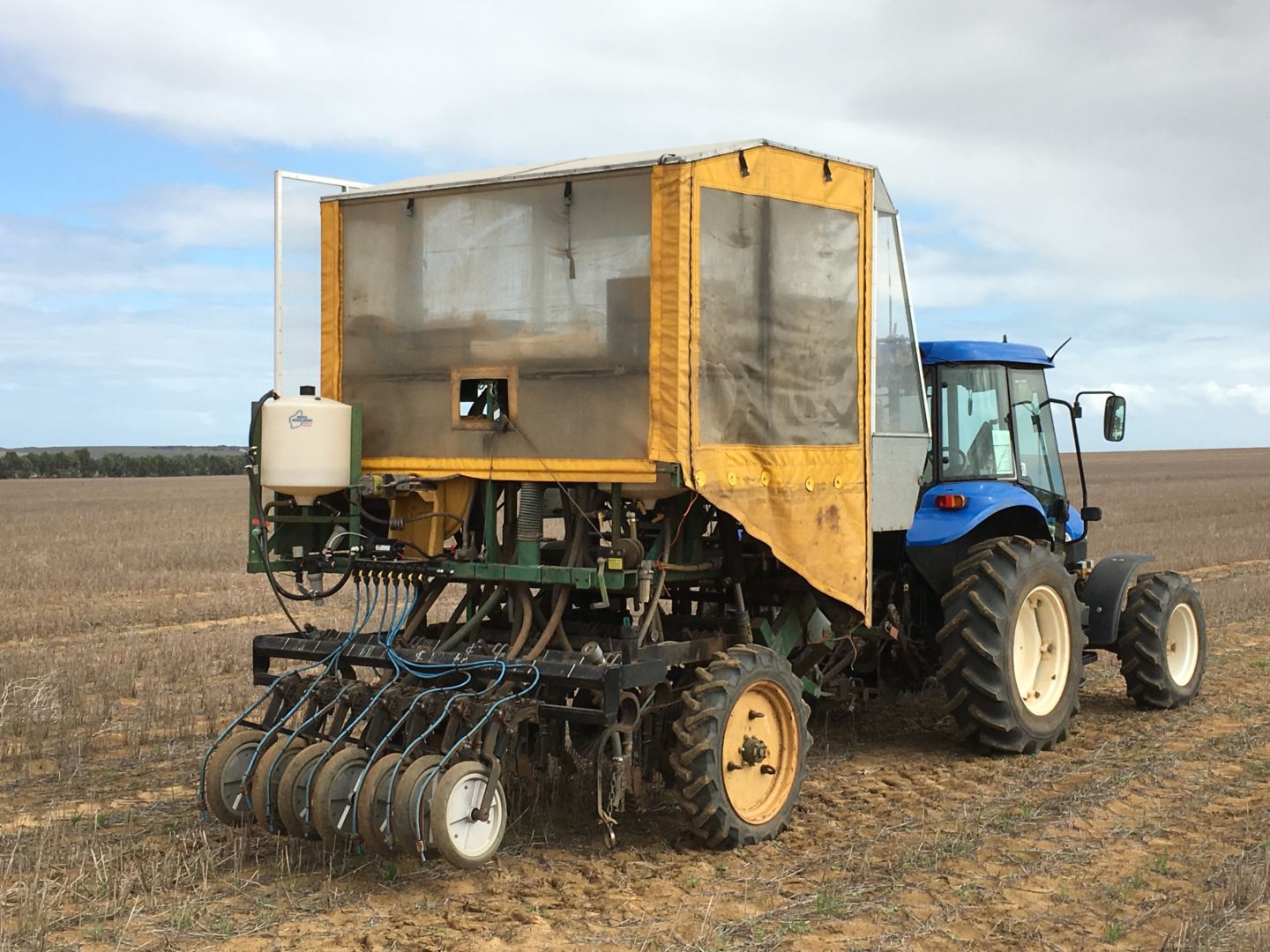BIOCHAR FOR AGRICULTURE & HORTICULTURE
Improving soil quality and storing carbon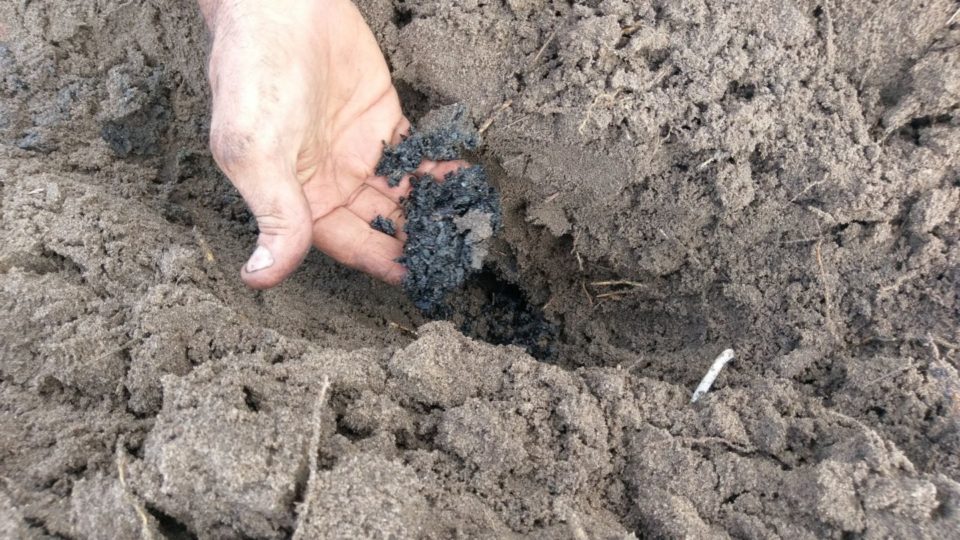
The benefits of using biochar in soils has been known for thousands of years. Due to its molecular structure, biochar is chemically and biologically very stable, making it more difficult to break down. This means that in some cases biochar in soils can remain stable in soil for hundreds to thousands of years.
Biochar is also highly porous, provides habitat for soil microbes and increase water holding capacity, other benefits include:
- Retaining nutrients
- Increases cation exchange capacity
- Decreases soil acidity
- Improves soil structure
- Increases nutrient use efficiency
- Increases soil carbon
Biochar and Carbon Sequestration
Due to its high carbon content, biochar also has the ability to sequester carbon.
As plants and other organic materials decompose, they release carbon dioxide (CO2) and other greenhouse gases (GHG) such as methane. The process of converting organic material to biochar not only reduces the amount of GHG emitted to the atmosphere, it locks up the carbon content of the plant material in the biochar where it can remain in soils for hundreds of years.
While there are currently no methodologies under the Emission Reduction Fund (ERF) directly relating to biochar, work is being done in this area. In fact, one international study estimates that 12% of anthropogenic greenhouse gases could be reduced each year by using biochar to store carbon in soils.
Types of biochar
Depending on the feedstock type and production process, biochar can look and have different characteristics. We have made Farmchar biochar from a number of different feedstocks and can process a range of materials into high quality biochar to meet your requirements. Some examples can be seen below.
Hardwood Biochar
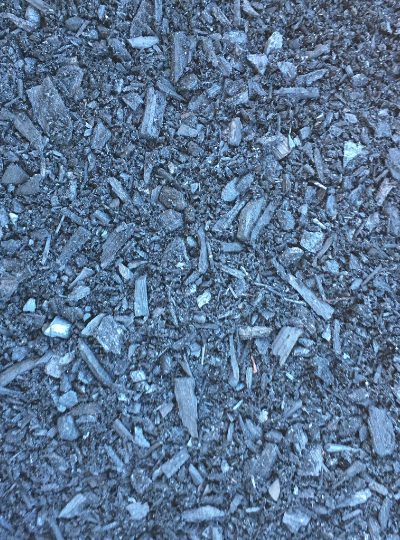
- pH (CaCl2) – 7.0
- Total carbon – 98%
- Total nitrogen – <1%
- Phosphorus – <1%
- Potassium – <1%
Poultry Litter Biochar
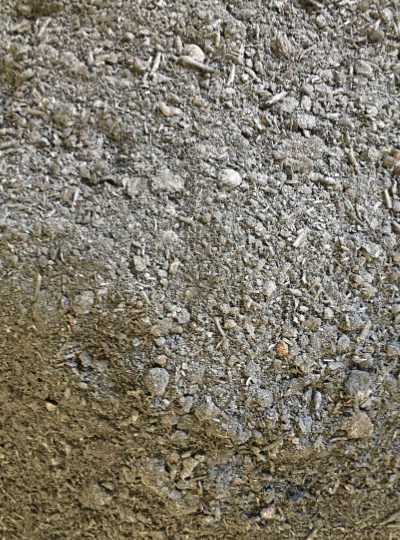
- pH (CaCl2) – 9.0
- Total carbon – 28%
- Total nitrogen – 3.7%
- Phosphorus – 2.5%
- Potassium – 2.8%
Lupin Trash Biochar
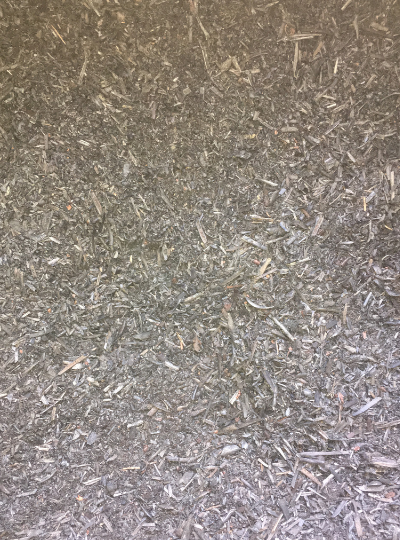
- pH (CaCl2) – 10.1
- Total carbon – 73%
- Total nitrogen – 2.9%
- Phosphorus – 0.7%
- Potassium – 3.83%
Biochar Applications
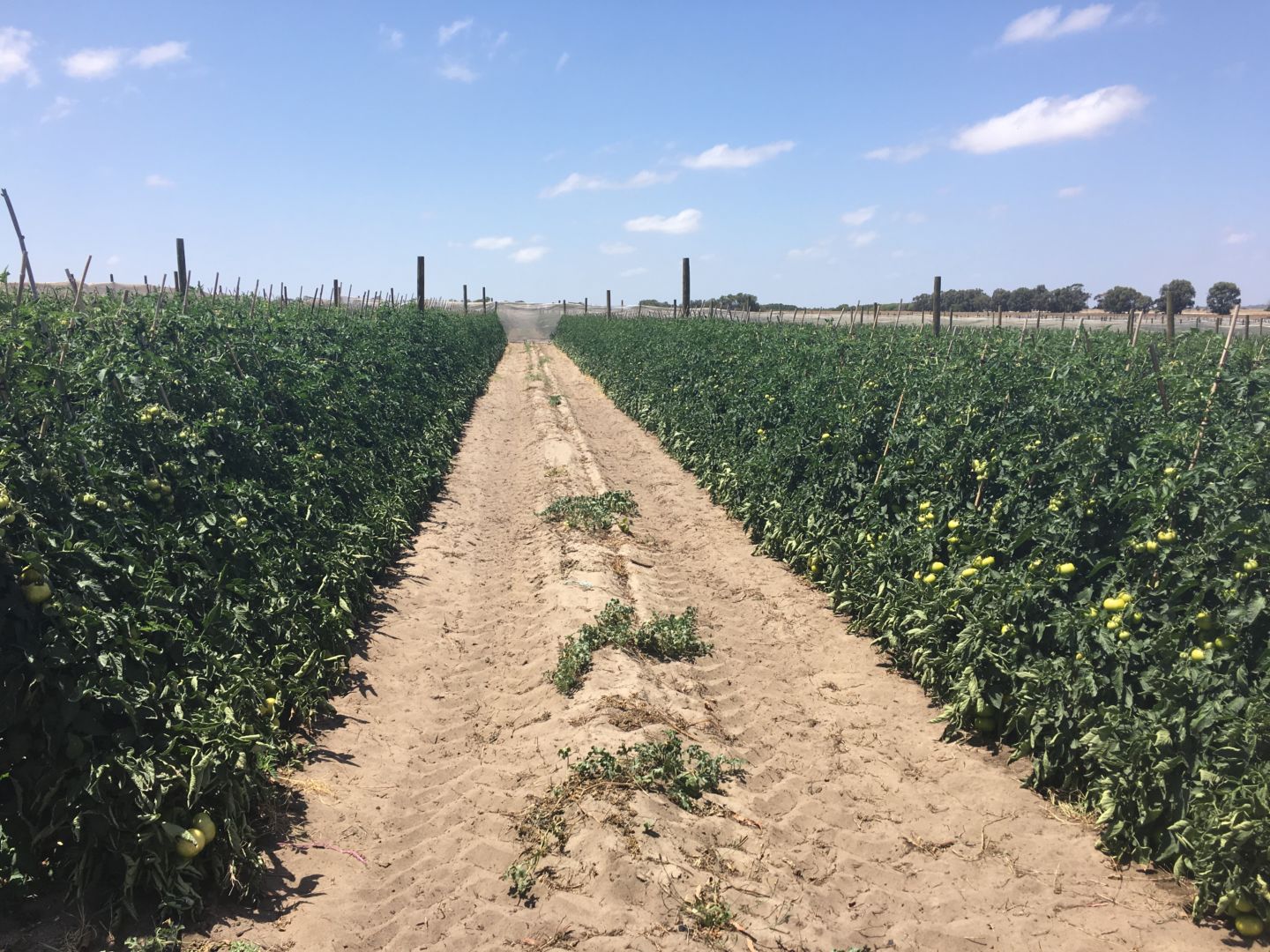
Horticulture
There is not a one shoe fits all approach to using biochar in a horticultural context. Each crop is different requiring different nutrient treatments and similarly soils type can vary. A rule of thumb is to apply biochar at 10% to soil volume.
In our own experience we have had very good responses to applications of biochar in cucumbers and tomatoes where we have trialed low, medium and high rates incorporated into the soil.
What is consistent, is that biochar on its own is not the silver bullet but when blended with fertiliser or “charged” with nutrients beforehand it does provide significant benefits including improved fertiliser efficiency and yields.
Broad Acre Farmers
Traditionally, biochar has been used at rates of 1 – 2 (or more) tonnes/Ha.
This type of application can be done with any type of biochar and is similar to applications of lime. In fact, it may be advantageous to incorporate biochar with your lime applications as biochar does have a small liming affect.
While these types of applications have proved beneficial, the economics are a constraint. There is a more strategic approach to applying biochar in soils and while the practice is not proven across a range of soil types and different locations, it does show promise.
Our own research is consistent with research carried out by the South Australian No Till Farmers Association (SANTFA). Smaller applications of biochar (30-100kg/ha), blended with traditional fertilisers and placed under the seed is maintaining or even improving yields, reducing the rate of fertiliser use and improving gross margins.
See more information please see SANTFA, Mingenew Irwin Group and our own trial information below.
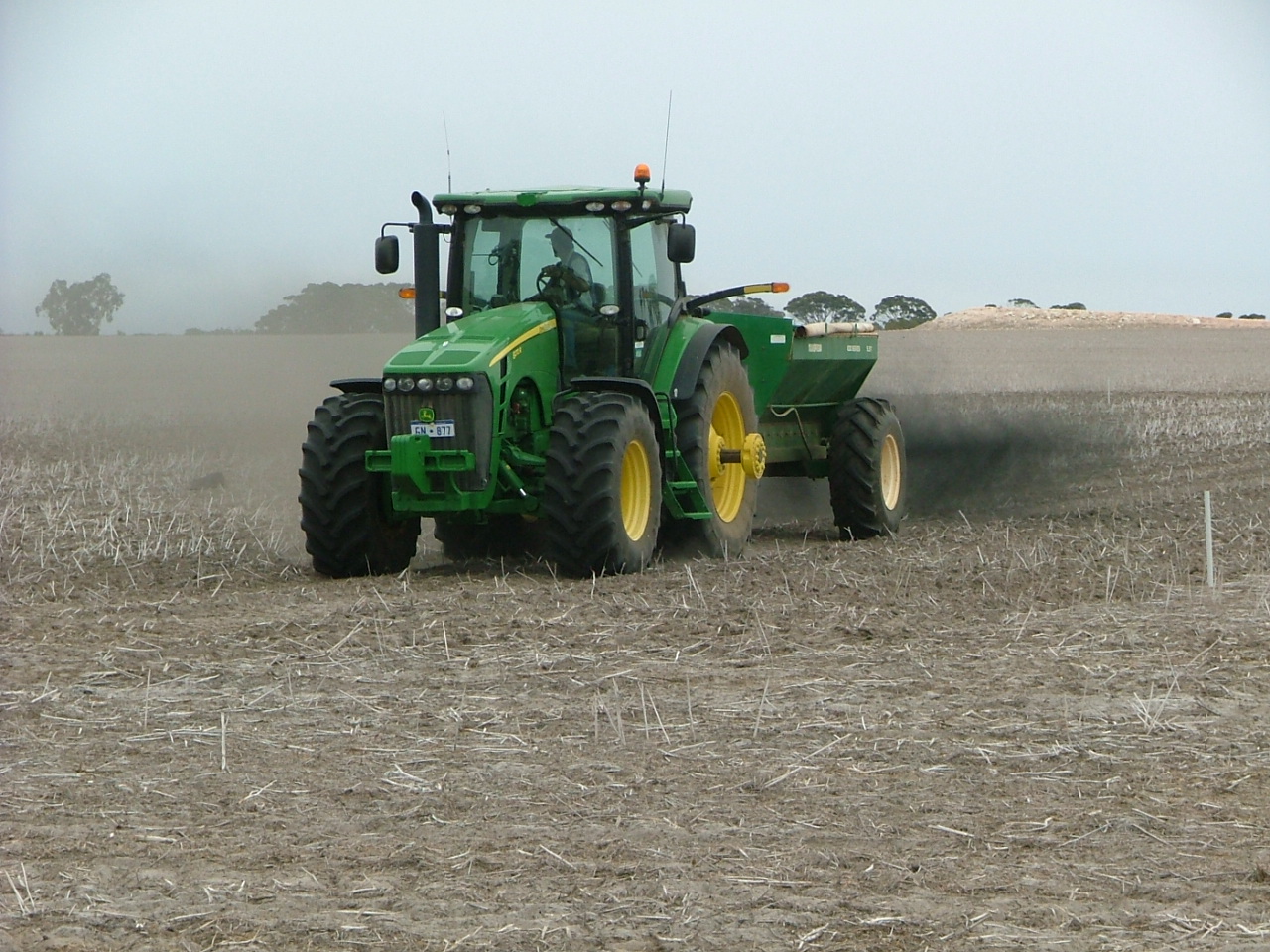
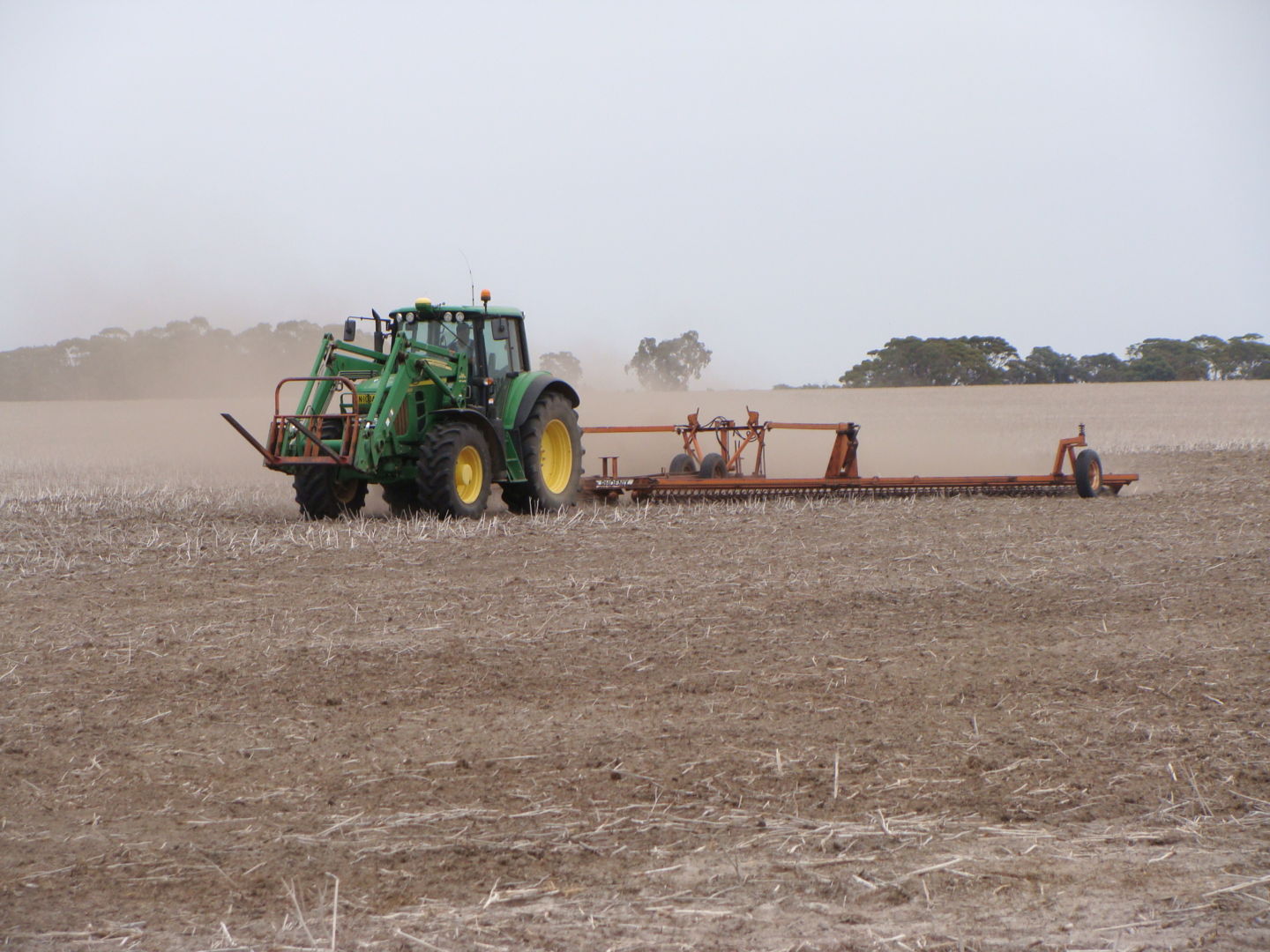
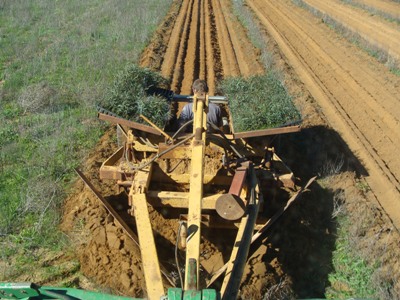
Tree Growers
In recent years tree growers around the world have been trialing biochar under tree crops. The City of Stockholm has been using biochar under urban and suburban trees and also in their parks and gardens over a 10 year trial. The study found that biochar increased soil porosity, root growth and tree growth rates. See the Biochar Journal’s, Planting Urban Trees with Biochar – The Stockholm Project for more information.
Closer to home Drake et al used the equivalent of 1 – 6 tonnes/ha of biochar in a reforestation trial in Victoria. The trial showed an increase in plant available nitrogen and phosphorus, as well as total soil carbon and nitrogen. The study concluded that biochar has the potential to positively benefit reforestation activities, but site specific and plant-soil-biochar responses require targeted research. Please read “Biochar application during reforestation alters species present and soil chemistry“.
In Western Australia a farmer in Manjimup has been using biochar under his avocado trees for a number of years. The evidence is based on a farm trial and the results he is seeing is encouraging other farmers in the area to adopt this practice. Trees planted in 2014 and treated with biochar out performed non biochar treated trees by nearly 2000 fruit. See more from the Biochar Network of Western Australia
Home Gardener
For the home gardener, the general rule of thumb is 1 or 2 handfuls of biochar/sq meter of soil. It is best to incorporate it into the soil or placed at the bottom of a hole when planting seedlings. It can be mixed in with potting mixes and other soil conditioners at a ratio of approx. 7% w/w.
Biochar can also blended with compost. The International Biochar Initiative states that the benefits of using biochar in the composting process may include shorter compost times; reduced rates of GHG emissions and reduced compost odor.
If you are already using biochar as part of your system, we would love to hear from you. Its great to learn how other people are using biochar and the benefits they are seeing. Please contact us.
